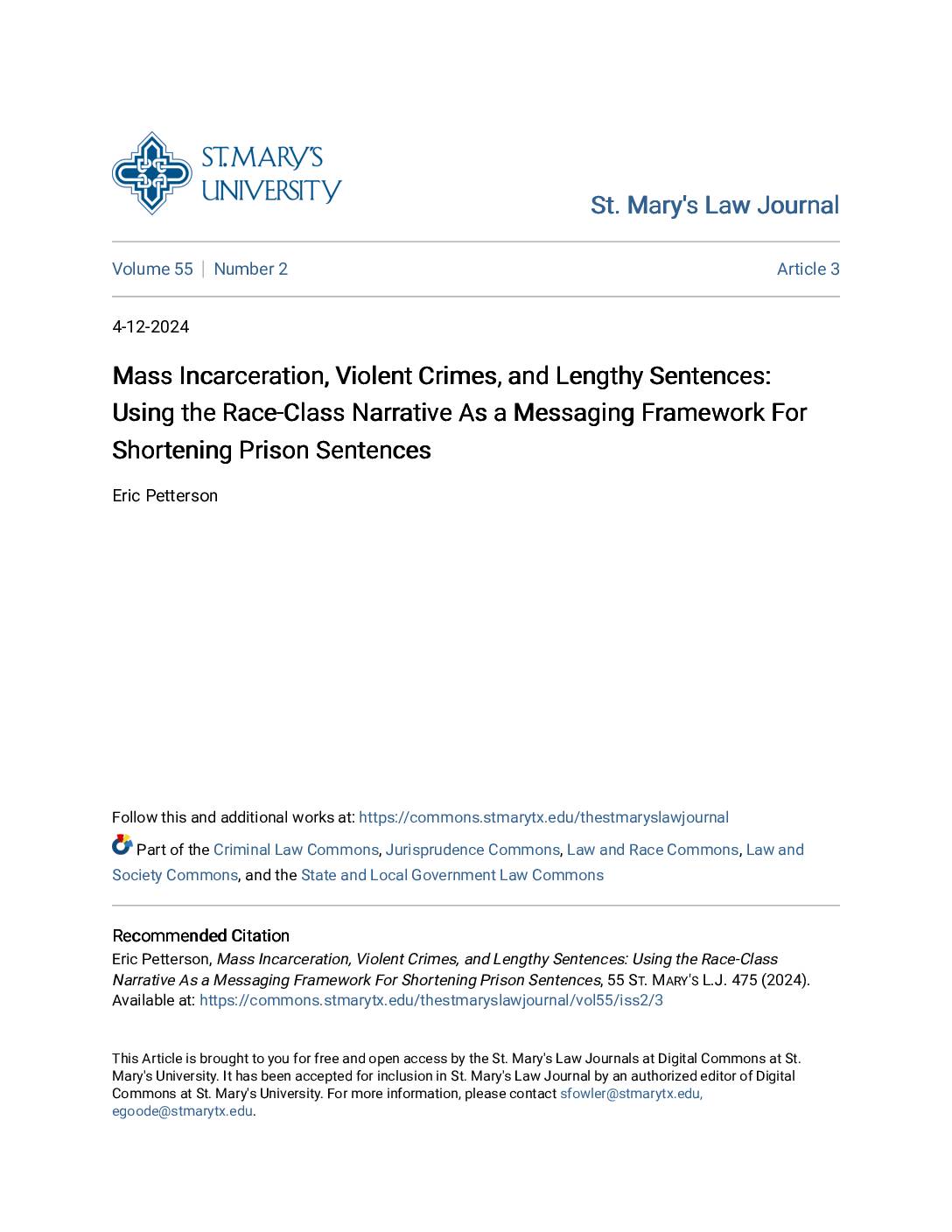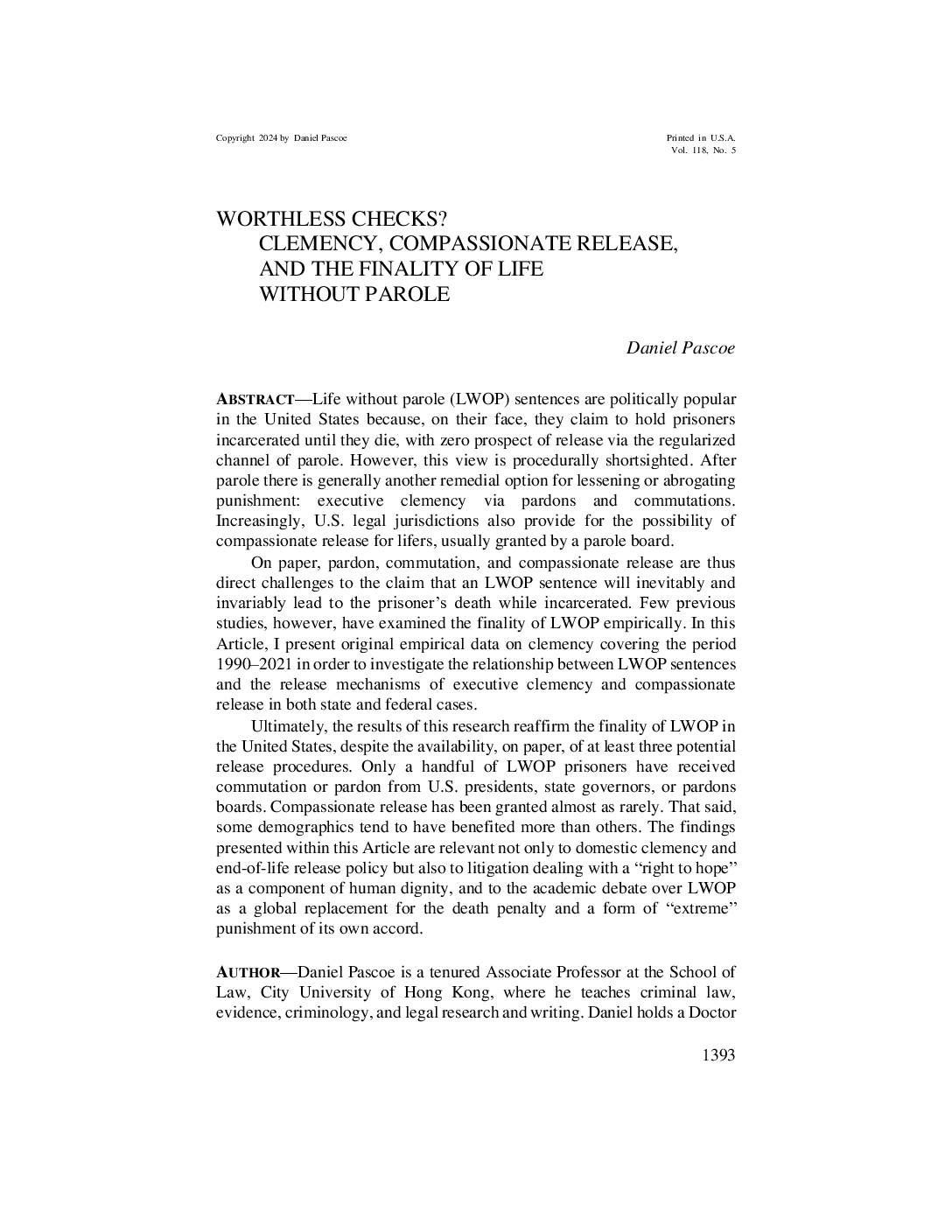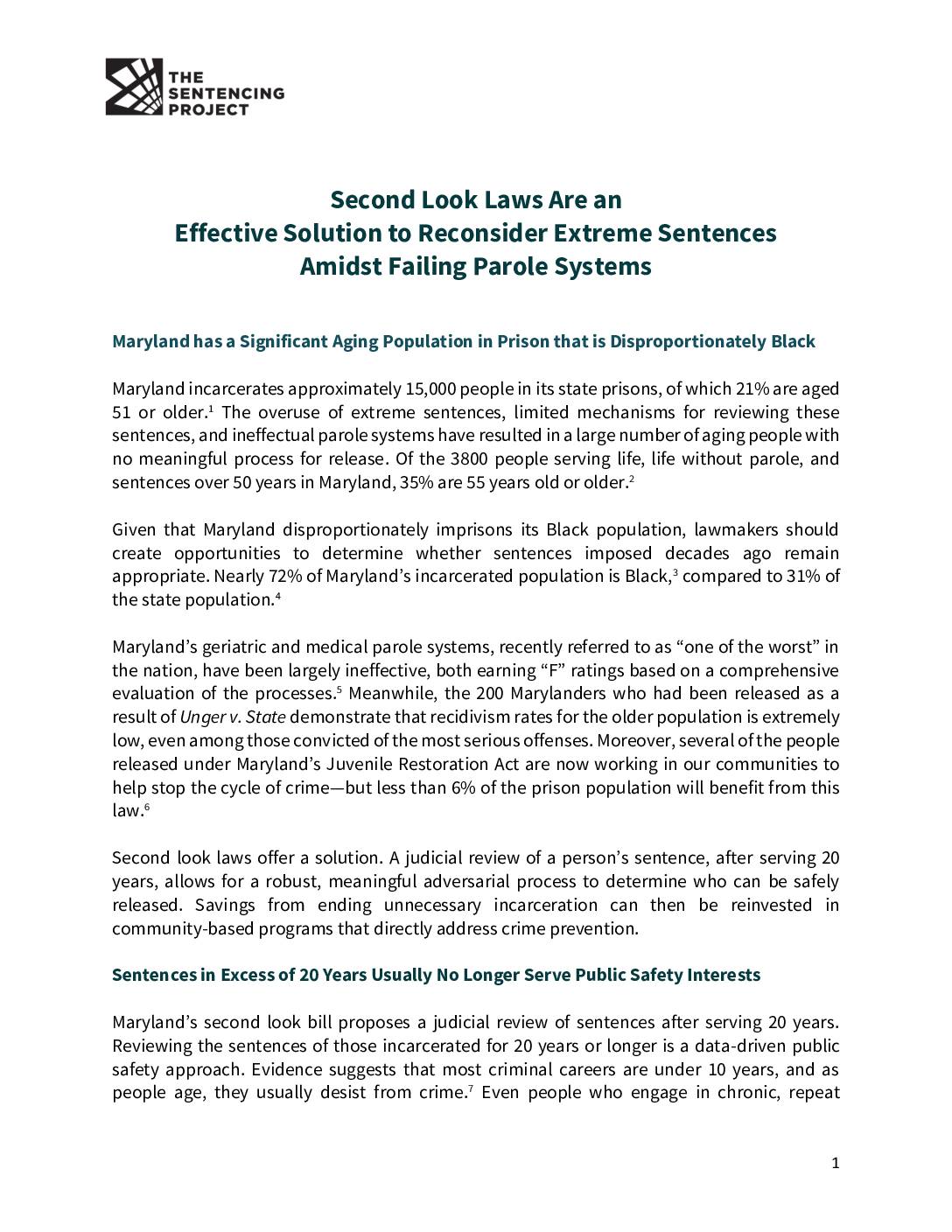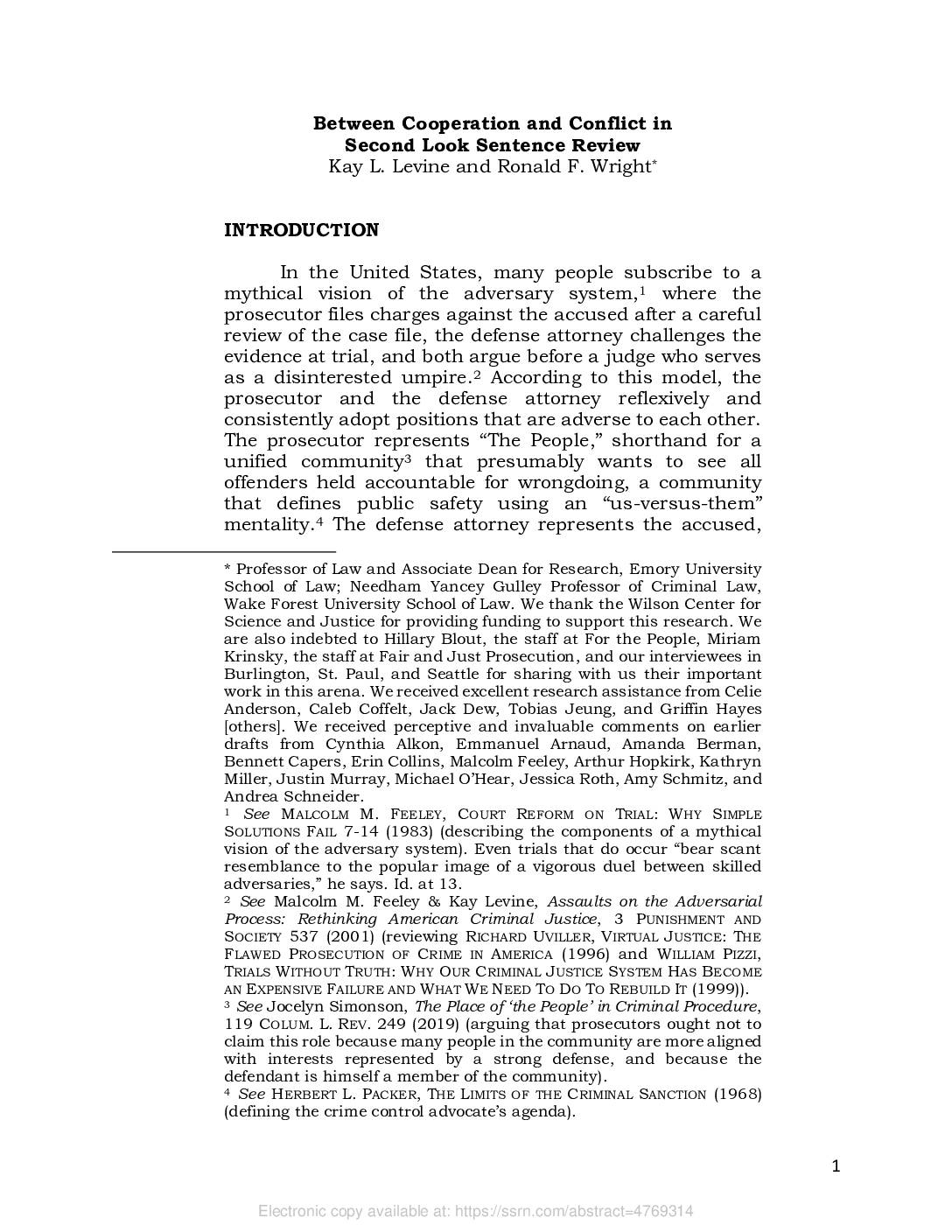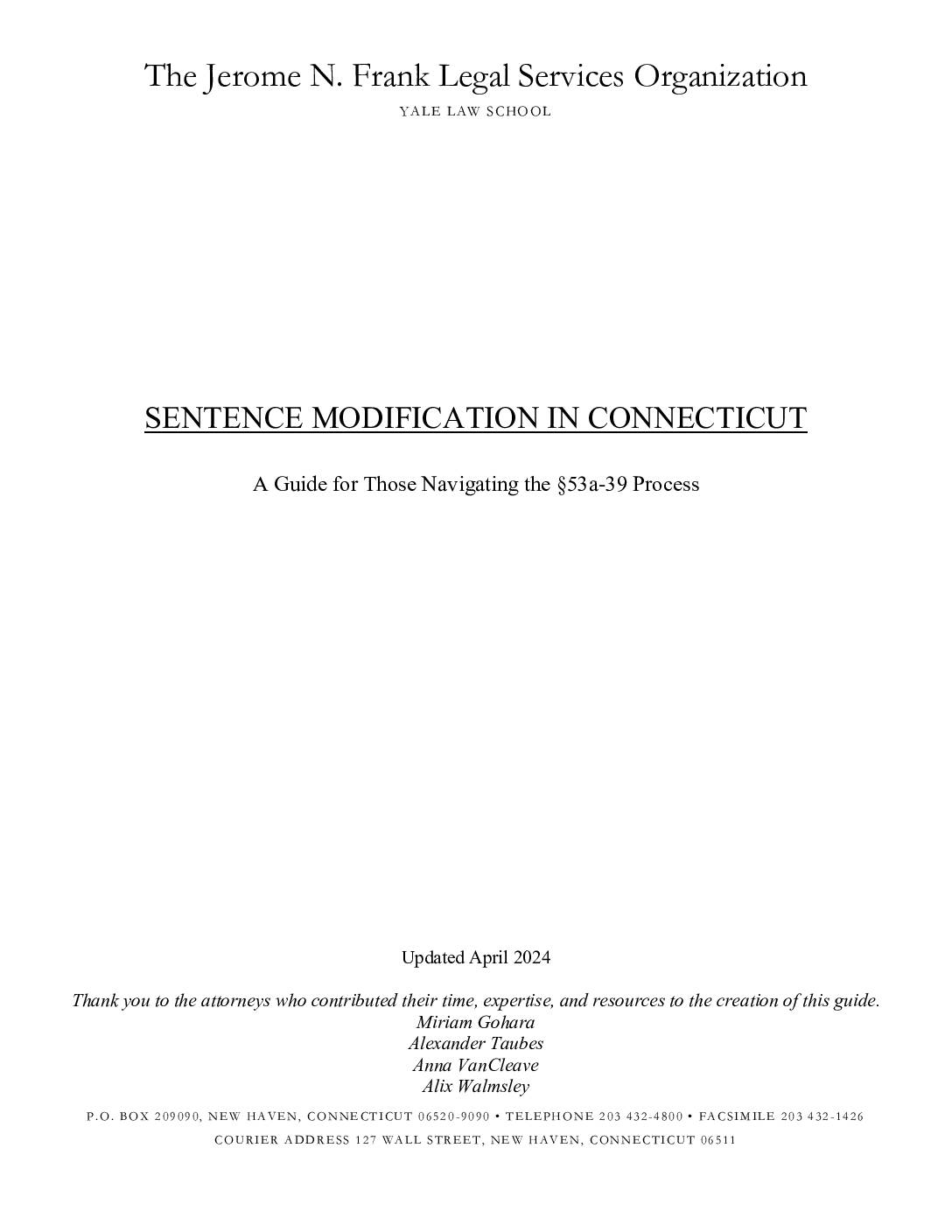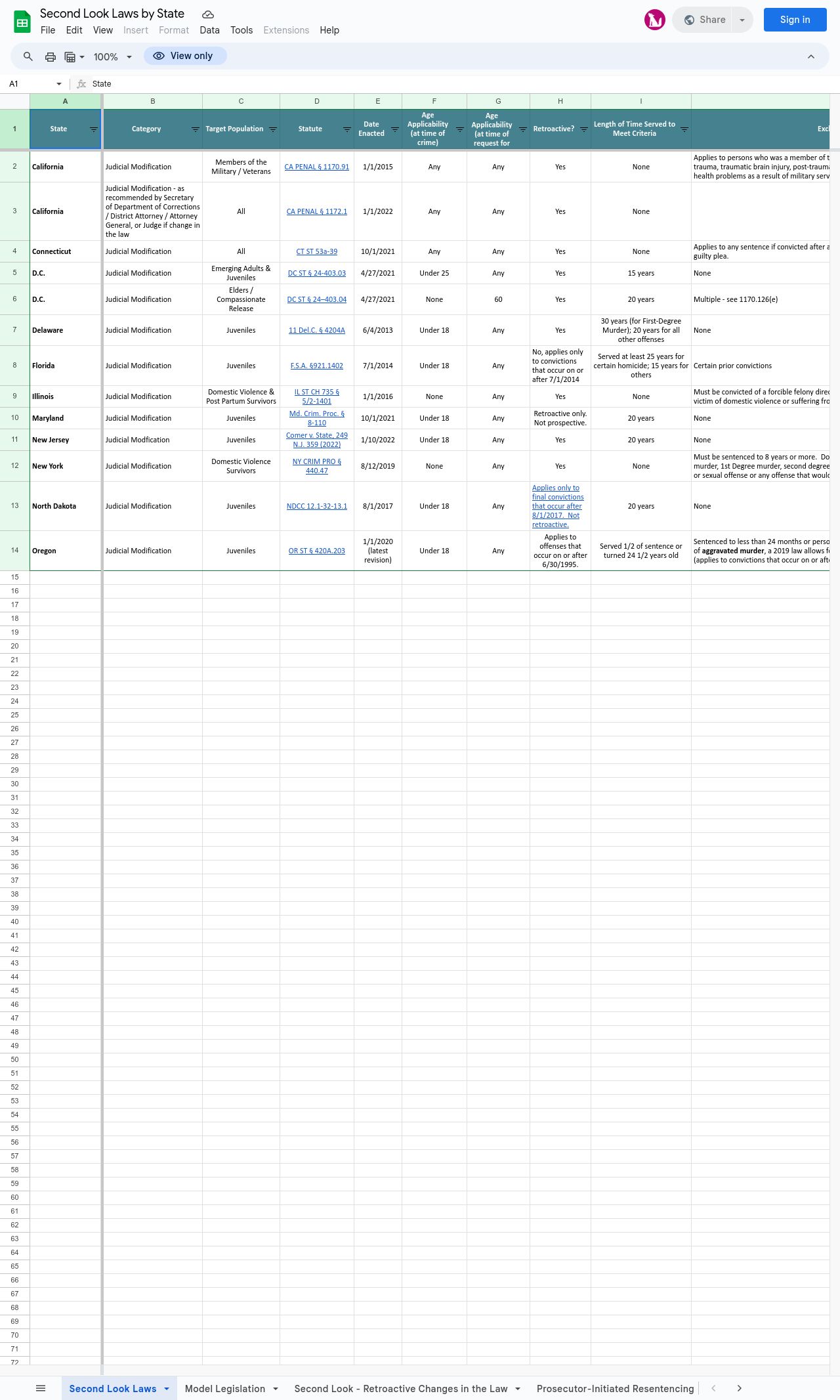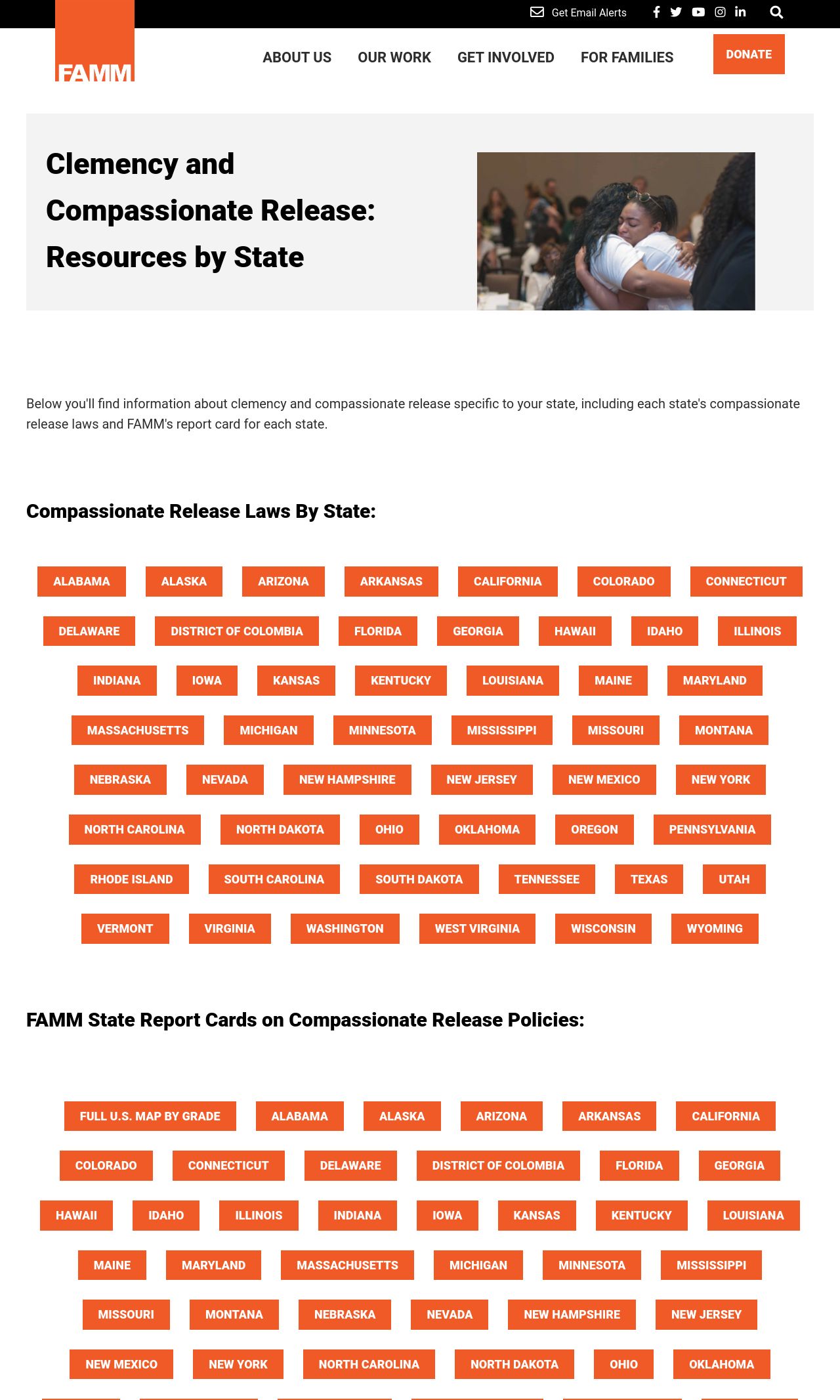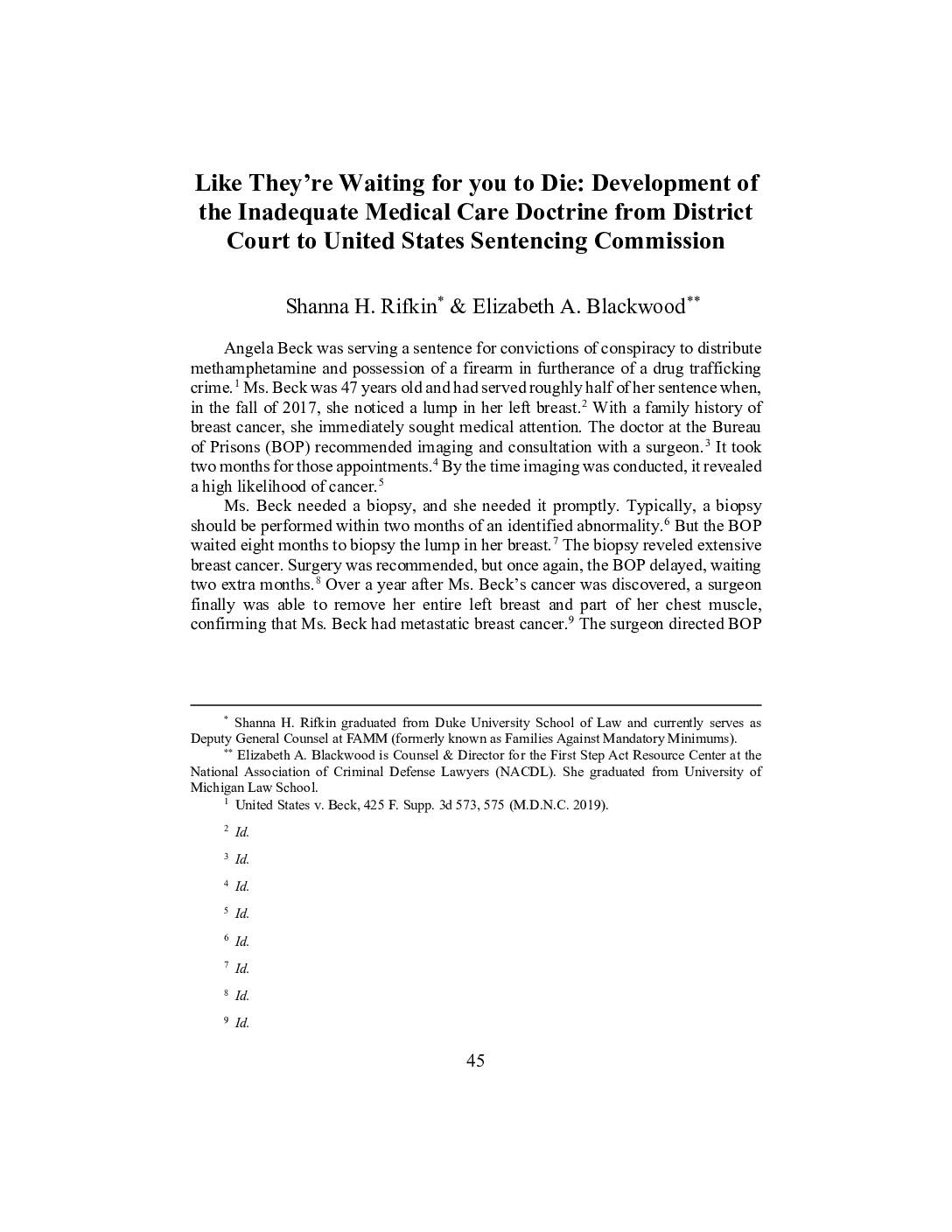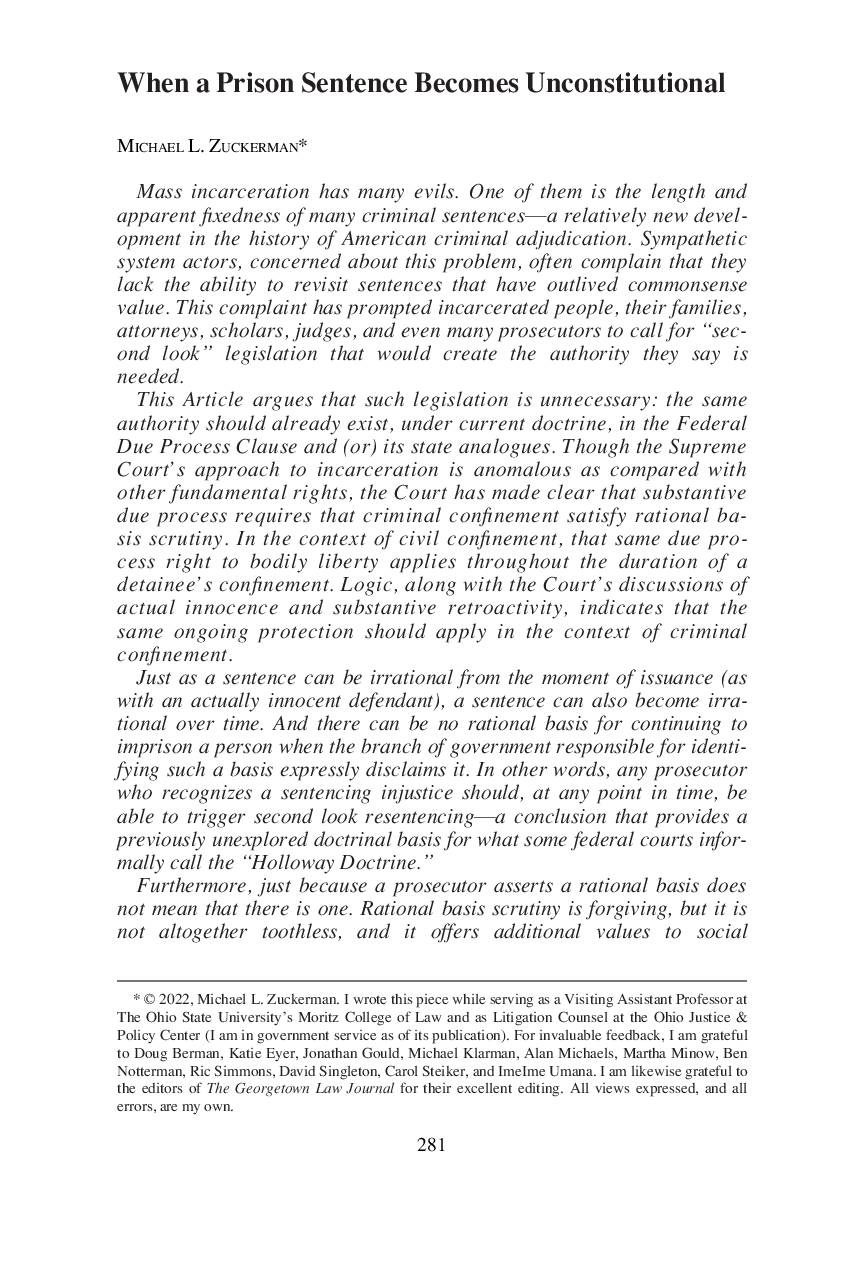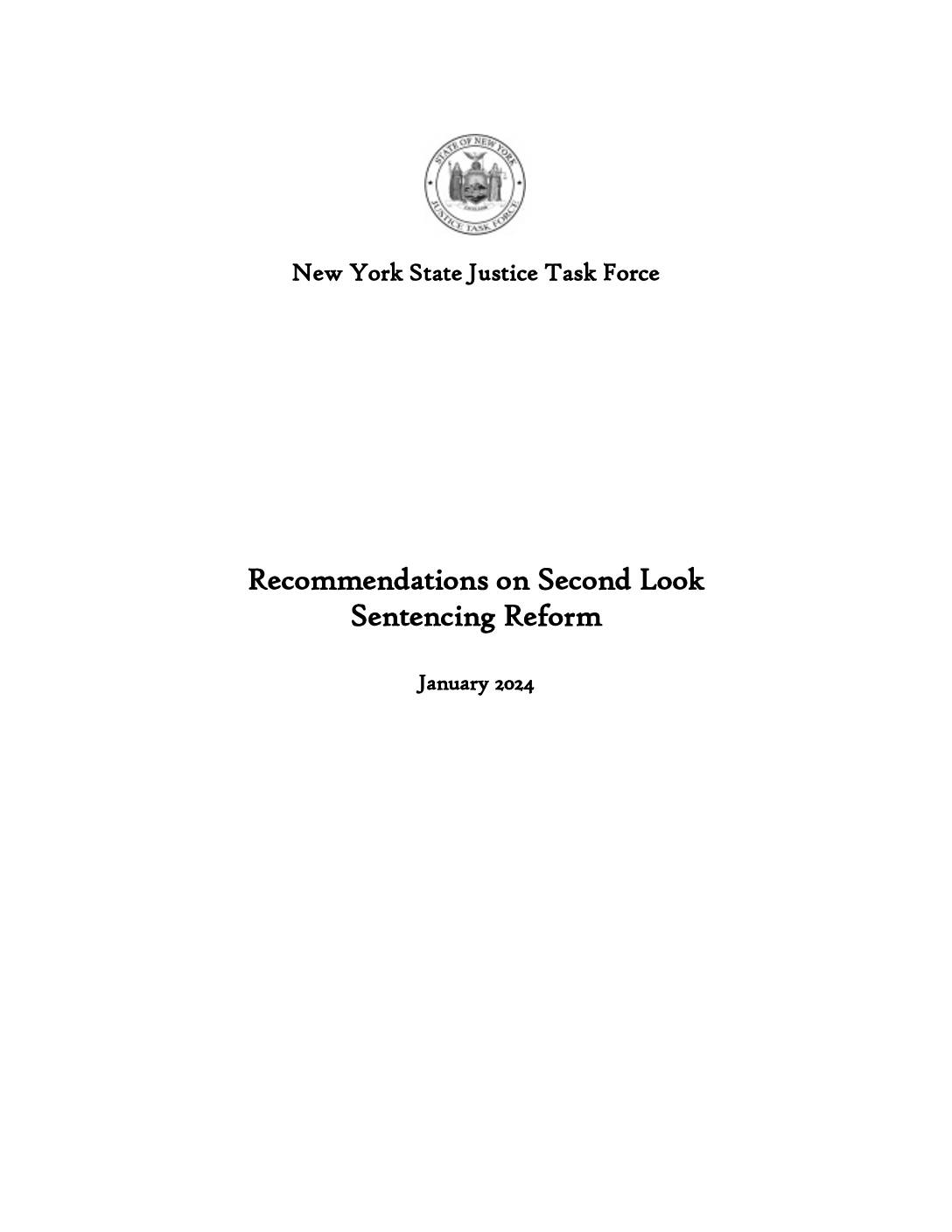PDF Mass Incarceration, Violent Crimes, and Lengthy Sentences: Using the Race-Class Narrative as a Messaging Framework For Shortening Prison Sentences
The criminal legal system needs many reforms, but this Article will focus on capping maximum prison sentences at twenty years for adult offenders, at fifteen years for people up to age twenty-five, and shifting sentences for all other offenses proportionately downward.


